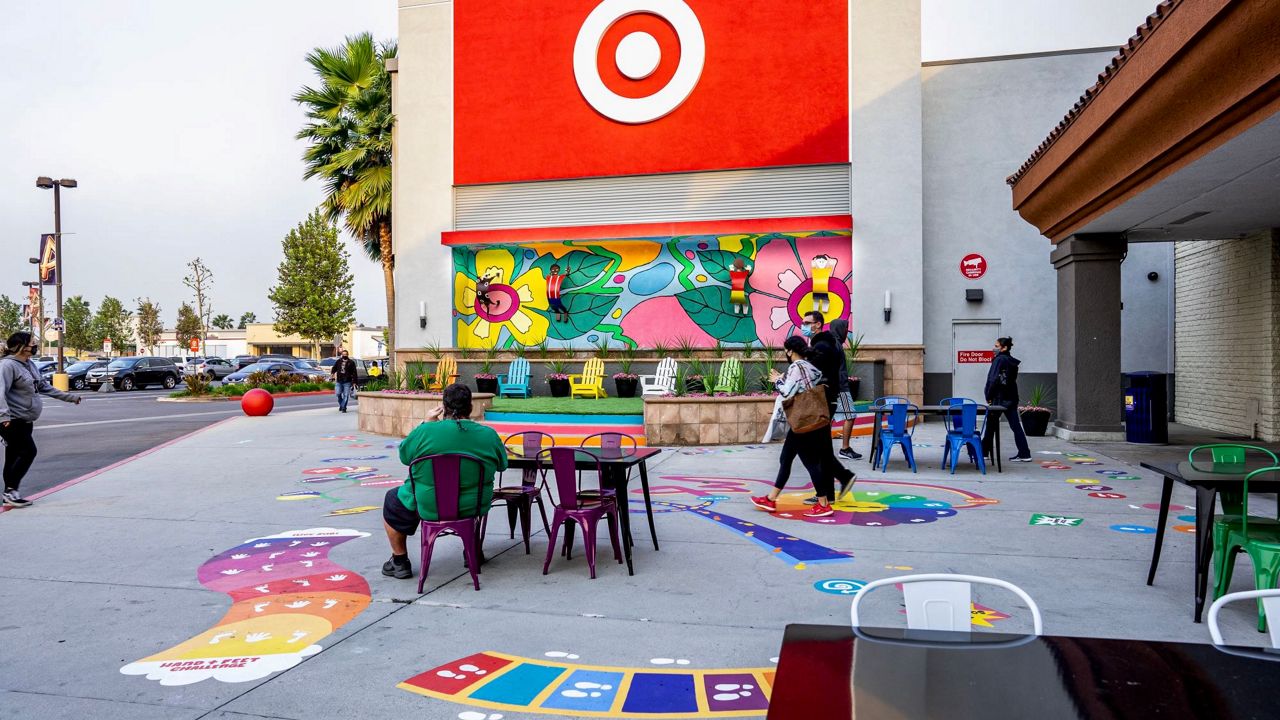ORANGE COUNTY, Calif. — Nearly one year ago this week, Sandy Sigal gathered all of his employees and read a letter he wrote on the possible impact the coronavirus pandemic and government shutdowns might have on their retail business.
“We’re going into uncharted territory,” said Sigal, the founder, president, and CEO of NewMark Merrill Cos., which owns and operates 85 shopping centers with 2,000 tenants across California, Colorado, and Illinois. “While people can make plans, plans rarely follow a predictable path. What makes a difference between success and failure is the strength of the team.”
“Will we be proud of who we are after this pandemic?” Sigal added. “Leave no one and no tenant behind.”
One year later, with the pandemic that is still going on and some see waning, Sigal read that same letter to his team of 100 employees as a reminder of how far they’ve come since the pandemic upended the brick-and-mortar retail industry.
“It’s undeniable this has been a transformative year in our lives,” Sigal told Spectrum News.
Of all the industries impacted by the coronavirus pandemic and subsequent government shutdowns, brick-and-mortar retail arguably suffered the most. The sector saw a record number of bankruptcies, vacancies, and store closures. But the pandemic also served as a transformation that could change how people shop and visit retail centers in the future.
“The pandemic forced us to accelerate our transformation and face the reality of our industry,” Sigal said.
Before the pandemic, the brick-and-mortar retail industry was in the midst of the retail apocalypse.
Consumer habits were changing. With the rise of e-commerce, more people were opting for their goods to be delivered to their homes rather than having to get up and go to a physical store. Big box brick-and-mortar retail chain stores were closing at a rapid pace.
From Spectrum News. Click here for the full article.
